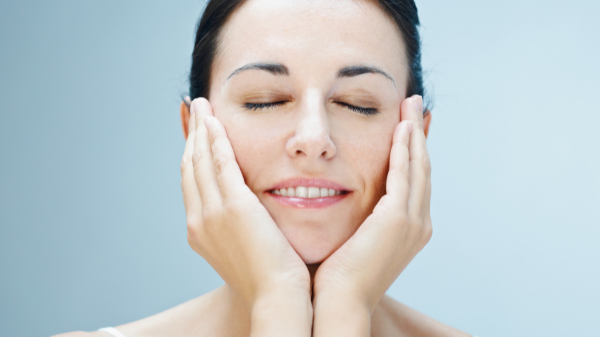I spend my days switching between my laptop and desktop screens and peering at Twitter for news updates – sometimes for hours without a break. During the evening, screens are my only point of contact with high-school friends and family – virtual happy hours, reading emails, scrolling Instagram while the TV is on; I am surrounded by bright, glowing screens.

Sound familiar? It is not just you and me. The work-from-home situation has blurred the lines between home and office, with overuse of screens often leading to red, watery eyes and blurred vision – classic red flags of digital asthenopia, or even just eye strain. So, when legendary musician Paul McCartney announced that he had practised eye yoga since a trip to India in the early 2000s and was living without glasses at age 78, my interest in the routine was piqued. I am determined to give this centuries-old practice a try: it may just be the ticket to cure my Zoom-fatigued eyes, and if nothing else, will surely sharpen my eye-rolls. What’s the harm?
What Is Eye Yoga?
When we stare at screens for too long, we don’t blink enough, which tends to dry out the cornea. Over a prolonged period, dry eyes lead to itchy, prickly and blurry vision. In eye yoga, rather than flowing through the chaturanga, you stretch, condition and stimulate the muscles around the eye to enhance energy in this area. These exercises are billed not only to eliminate eye fatigue, but also to soothe tension headaches and neck stiffness caused by prolonged deskwork.

The Benefits
Eye yoga has been around for centuries. Back in the day, it was a therapeutic tool for yogis to strengthen their vision, engage the brain and build brain health.
Yogis claim that like regular yoga asanas, the more you practise these eye movements, the stronger, more lifted and more awake your eyes become. And the benefits are not just cosmetic; the routine is said to brighten the eyes, combat deteriorating focus due to ageing, reduce tension headaches and eye strain, temporarily alleviate dry eyes and even improve vision.
The Workout
Eye yoga can be done from your couch or office chair and takes only five to 10 minutes a day. You can do one, all or a combination of these exercises:
1. Eye-rolls
If eye-rolling is not a natural part of your facial repertoire, make it an exercise. Teenagers commonly excel at it, but scientists find that for some strange reason, our upward gaze reduces as we age. Sit straight to elongate your spine. Shift your eye focus in a circular manner to the left and then to the right. Relax after a couple of motions, then repeat. Do this for one minute.
2. Focusing
Sit upright, extend one arm in front of you and make a fist. Elevate your thumb and focus on its tip with both eyes. Move your thumb closer to your nose until you can no longer focus on it. Pause for a breath or two and repeat the entire cycle five to 10 times.
3. Looking near and far
Find one object close to you and another at least 20 feet further away. Focus for one minute at the closer object and then fix your gaze afar. Repeat 10 times. For heavy screen usage, it is recommended that this exercise is practised every 20 minutes.
4. Blinking
Blinking forms a layer of tears and the secretion of meibum, an oily, lipid-rich substance, onto the surface of the eye to ease dryness or discomfort. Touch your cheekbones with your index fingers, make an ‘O’ with your lips and blink rapidly for 30 seconds. Rest for two long exhales and repeat the blinking process again.
5. Palming
Practised by Tibetan monks, this exercise involves cupping your hands gently over your eyes and focusing on darkness. The guiding principle is that we need darkness to recover from light. So, sit comfortably, cup your eyes and focus on the dark. Once those flickering lights (caused by optic-nerve irritation) vanish, you can gently open your eyes. Repeat, but don’t stare at bright objects right after opening your eyes.
Does It Work?
There may not be any robust scientific evidence that crossing your eyes up, down, sideways and diagonally improves age-related vision loss or sharpens sight, but the eyes, like any muscle in the body, need exercise to stay healthy.
As someone who has been blessed with good eyesight, I can’t vouch that there’s been any change in my vision, but since I started practising eye yoga 10 days ago, I’ve never been more aware of my eye muscles. There is an apparent shift in the level of eye strain; I doubt very much that you would be able ditch your glasses or contacts, but expect a noticeable reduction in fatigue, headaches, eye twitching and watering.
Will I continue with my regular eye-exercises? Probably. I am already spending less time on eye creams and it’s a soothing experience. Plus, if it’s good enough for Sir Paul, then it’s good enough for me.
(Text – Nikita Mishra)






